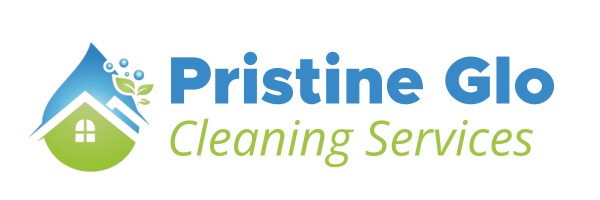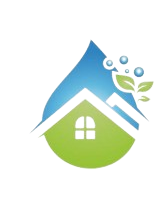Unveiling the Hidden Dangers of Mold: Your Guide to Prevention
Mold, the silent intruder, can wreak havoc on your home and health without you even realizing it. In this blog, we’ll shed light on the hidden dangers of mold and arm you with the knowledge to prevent its insidious growth.
Understanding Mold
Mold is a type of fungus that thrives in damp and humid environments. It reproduces through tiny spores that are invisible to the naked eye, making it a stealthy invader. While some molds are harmless, others can produce mycotoxins that pose serious health risks. The Hidden Dangers
Health Hazards
- Mold exposure can cause respiratory issues, allergies, and skin irritation.
- Individuals with asthma or compromised immune systems may experience more severe reactions.
- Prolonged exposure to certain molds has been linked to more serious health problems, including respiratory infections and neurological issues. Structural Damage
- Mold can compromise the structural integrity of your home. It feeds on organic materials such as wood, drywall, and insulation, leading to decay and weakening of the building materials. Reduced Indoor Air Quality
- Mold releases spores into the air, leading to poor indoor air quality. This can trigger respiratory problems and exacerbate existing conditions.
Prevention Strategies
Control Moisture
- Mold thrives in damp environments, so controlling moisture is crucial. Fix leaks promptly, ensure proper ventilation, and use dehumidifiers in areas prone to high humidity.
Regular Inspections
- Conduct regular inspections of your home, especially in areas prone to moisture buildup such as basements, bathrooms, and kitchens. Look for signs of water damage, leaks, or discoloration.
Proper Ventilation
- Ensure adequate ventilation in your home by using exhaust fans in bathrooms and kitchens. Make sure your HVAC system is well-maintained and includes proper ventilation.
Prompt Repairs
- Address water leaks and damage immediately. Whether it’s a leaking roof or a plumbing issue, swift action can prevent mold from taking hold.
Use Mold-Resistant Products
- When renovating or building, consider using mold-resistant materials, especially in areas prone to moisture. This includes mold-resistant drywall, paint, and insulation.
Keep Indoor Humidity in Check
- Maintain indoor humidity levels between 30-50%. Use air conditioners and dehumidifiers to regulate humidity, especially during humid weather.
Clean and Dry After Flooding
- If your home experiences flooding, act quickly. Thoroughly clean and dry affected areas within 24-48 hours to prevent mold growth.
Proper Ventilation in the Bathroom
- Ensure your bathroom is well-ventilated during and after showers. Consider installing exhaust fans to reduce moisture buildup.
Conclusion
The hidden dangers of mold can have far-reaching consequences, both for your home and your health. By understanding these risks and implementing preventive measures, you can create a healthier, safer living environment for you and your loved ones. Don’t let mold silently invade—take proactive steps to keep it at bay and enjoy a mold-free, worry-free home.

